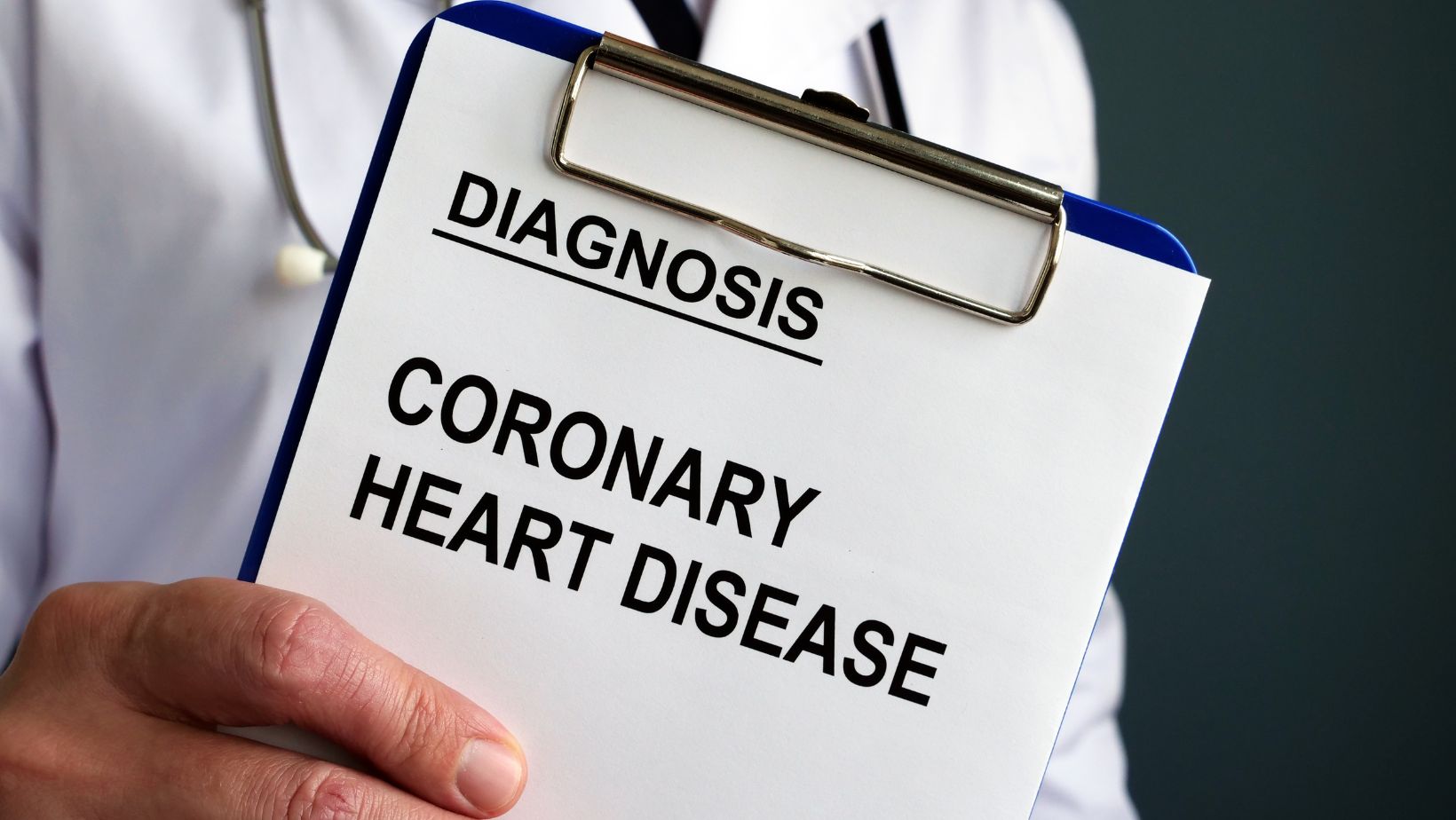As a new parent, receiving a diagnosis of a congenital heart defect for your newborn can be devastating. However, it is important to note that in the last five decades, there have been an impressive number of advances in the diagnosis and management of congenital heart defects (CHDs), making it possible for these babies to receive treatment and lead a normal life. At hearthousestl.com you can read more about these advances as well as get to know that through the Eleanor Grace Memorial Foundation at St. Louis Children’s Hospital, families of newborns with a CHD diagnosis can receive housing and support when an infant is suffering from congenital heart disease.
How Common Are Congenital Heart Defects?
CHD is front and center as the most common type of defect that babies present at birth. They happen in about 1% of births, meaning that in the United States alone, some 40,000 babies present a congenital heart defect every year. These types of birth defects are 50 times more common than childhood cancer and 30 times more frequent than diseases such as cystic fibrosis.
What Are the Most Important Advances in the Treatment of CHD?
This is in addition to conventional methods of a CHD diagnosis through routine history, physical examination, and simple laboratory studies, such as chest X-ray and electrocardiogram. The latest advances in the area of CHD include:
- Early detection of a congenital heart defect using fetal echocardiography
- The ability to identify critical CHD through the use of pulse oximetry screenings of newborns before they are discharged from the hospital
- The quick transportation of babies identified with CHD to tertiary care centers equipped to care for these vulnerable infants
- Accessibility to extremely sensitive and noninvasive diagnostic techniques such as echocardiography and Doppler, three-dimensional echocardiography, magnetic resonance imaging (MRI), and computed tomography to further and more precisely verify this condition
- The availability and utilization of three-dimensional visualization technologies, including 3D printing, virtual reality, and augmented reality for surgical pre-planning, resulting in more accurate procedures
- The introduction of percutaneous, catheter-based methodologies to address CHDs
- Developments in pediatric cardiac anesthesia for both percutaneous and surgical interventions
- The possibility of performing intricate surgical procedures to provide corrective treatment to infants with complex CHDs with an alternative of successful palliation or heart transplantation
- Hands-on postoperative management and meticulous post-intervention follow-up
These advances have proven to achieve positive results that improve the lives of babies born with CHD to the point that there are now more adult patients with CHD than children.
Is There a Lifelong Consequence of Being Born With CHD?
People born with CHD are often faced with the fact that surgery is not always a cure, making the need for additional operations or lifetime medications a part of their lives.

They may also face health risks such as issues with growth and eating, difficulty exercising, developmental delays, breathing problems, and issues related to the heart, like the possibility of cardiac arrest, heart rhythm problems, seizures, and strokes.




